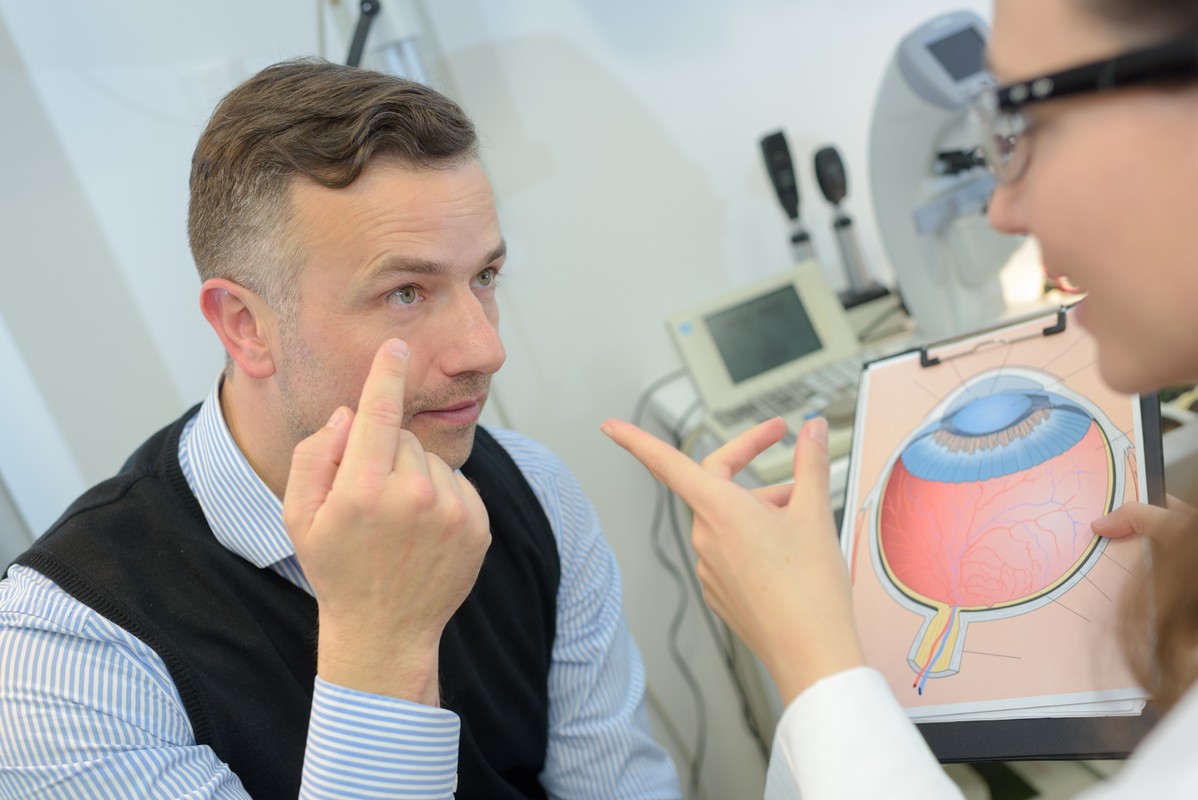
How State of the Art Technology Is Changing Ophthalmology
Advances in medical technology are bringing exciting changes to the field of ophthalmology. Through the innovation of industries and collaboration with doctors, these new technologies are helping to improve outcomes for laser eye surgery and to open up new ways of seeing for those with blindness.
The new technology in ophthalmology can improve outcomes and provide new treatment options for vision correction, IOP (intraocular pressure) reduction, and cataract surgery. These innovations may change the options available to your local ophthalmologist when it comes to improving your vision and eye health.
New Advances in Medical Technologies for Ophthalmology
New ophthalmology exam tools, diagnostic imaging, and even vision replacement technology are changing the landscape for diagnosis and treatment of vision problems. Some examples of the recent technological advances in ophthalmology include:
Corneal Topography
By using non-invasive diagnostic imaging, corneal topography equipment maps the surface and shape of the cornea.3 By analyzing the curvature, thickness, and other details of the corneal surface, ophthalmologists can diagnose conditions such as keratoconus and can fit contact lenses to the unique characteristics of an individual.
Corneal topography is an essential diagnostic technology that creates a colored map of the cornea curvature with a specialized camera and digital analysis that highlights any abnormalities and guides treatment. Specific imaging methods include placido disc, Scheimpflug, and scanning-slit topography.
Optical Coherence Tomography (OCT)
By combining multiple diagnostic images through computerized analysis, Optical Coherence Tomography (OCT) creates images of the structure and blood flow of the retina. This non-invasive equipment eliminates the need for injected fluorescent dyes while creating very accurate and detailed images for review.
The detailed 3-D scans produced by an OCT machine can help ophthalmologists diagnose and treat diseases of the retina, including vessel occlusions, AMD, and diabetic retinopathy. These accurate images of the eye provide a clear picture of what is causing issues with vision, as well as tracking improvements or progression of retinal diseases.
Improving Ophthalmologic Technologies
Much of the new technology in ophthalmology is focused on advancing existing equipment and techniques to improve reliability, consistency, and surpass previous benchmarks for diagnosis and treatment. Familiar tools of your local eye doctor or New York ophthalmologist are experiencing technological improvements that make them easier to use, less invasive, and more accurate at identifying and correcting conditions of the eye.
Some of these rapidly improving technologies include:
- Glaucoma Optic Nerve Head Analyzer. When indications of glaucoma are seen, this technology allows a detailed examination of the optic nerve head (ONH). This device is used to create diagnostic quality images of the optic nerve to determine if it shows the characteristic damage associated with glaucoma. The ONH analyzer is one of the ophthalmology exam tools used to validate other indicators of glaucoma such as high IOP, confirm a diagnosis, and track the results of treatment.
- Corneal Pachymetry. Corneal pachymetry accurately measures the thickness of the cornea using an ultrasonic device that is brought in contact with the surface of the eye. Pachymetry is important to assessing progress after surgery, for early diagnosis of cornea disease, and for planning eye surgery. Corneal pachymetry is a well-established practice that has seen recent improvements in device size, comfort, and accuracy with advances in medical technology.
- Aladdin. This device combines Axial Length, Keratometry, Anterior Chamber Depth, Lens Thickness, Central Corneal Thickness, Corneal Topography, Pupillometry and Corneal Diameter in one single instrument, assisting the Eye Surgeon on the selection of conventional and premium intra ocular lenses.
- A-scan Immersion Ultrasound. Using a hand-held ultrasound device, A-scans measure the length of the eye itself and can help determine the size and characteristics of masses within the eye. Recent technological improvements allow some A-scanners to be used without making contact with the eye.
- B-scan Ultrasound. A B-scan ultrasound is another non-invasive method that can provide detailed information about the inner structures and fluids of the eye, including the retina, sclera, orbit, vitreous, and lens. This technology continues to become smaller and more portable, making this powerful diagnostic tool more readily available to smaller practices and remote communities.

State-of-the-Art Equipment Supports Advanced Treatment Options
By incorporating state-of-the-art equipment, specialized ophthalmology teams can diagnose eye conditions earlier and offer more advanced treatment options to those with diseases of the eye. Vision correction becomes more precise, cataract surgeries produce better and more predictable outcomes, and glaucoma treatments can preserve or improve vision for longer times. Even individuals with advanced AMD or blindness can be helped to improve their vision.
While all fields of medicine are benefiting from new medical technologies, the field of ophthalmology is uniquely geared to transform lives and restore vision by embracing these advances. Crystal Run Healthcare in New York is committed to providing state-of-the-art care by using their expertise and the best available surgical and diagnostic tools to improve their patient’s vision and preserve it for the future.
The Ophthalmologists at Crystal Run Healthcare provide laser eye surgery, glaucoma treatment, intraocular lenses, and macular surgery. The best care available for your vision health means making an appointment at a healthcare practice that has the most advanced equipment and experienced team in your area. Schedule an eye exam or consultation with Crystal Run Healthcare today to protect and preserve your sense of sight far into the future.
Sources:
- https://www.eyenews.uk.com/education/trainees/post/technology-in-ophthalmology-a-promising-future-and-what-we-need-to-know-about-the-regulations
- https://www.touchophthalmology.com/anterior-segment/journal-articles/femtosecond-laser-assisted-cataract-surgery/
- https://www.reviewofoptometry.com/article/ro0817-mapping-out-corneal-topography
- https://www.calcoastophthalmic.com/aladdin-biometer-and-corneal-topogr

 Optum Radiology at Crystal Run Healthcare
Optum Radiology at Crystal Run Healthcare Request medical records online
Request medical records online